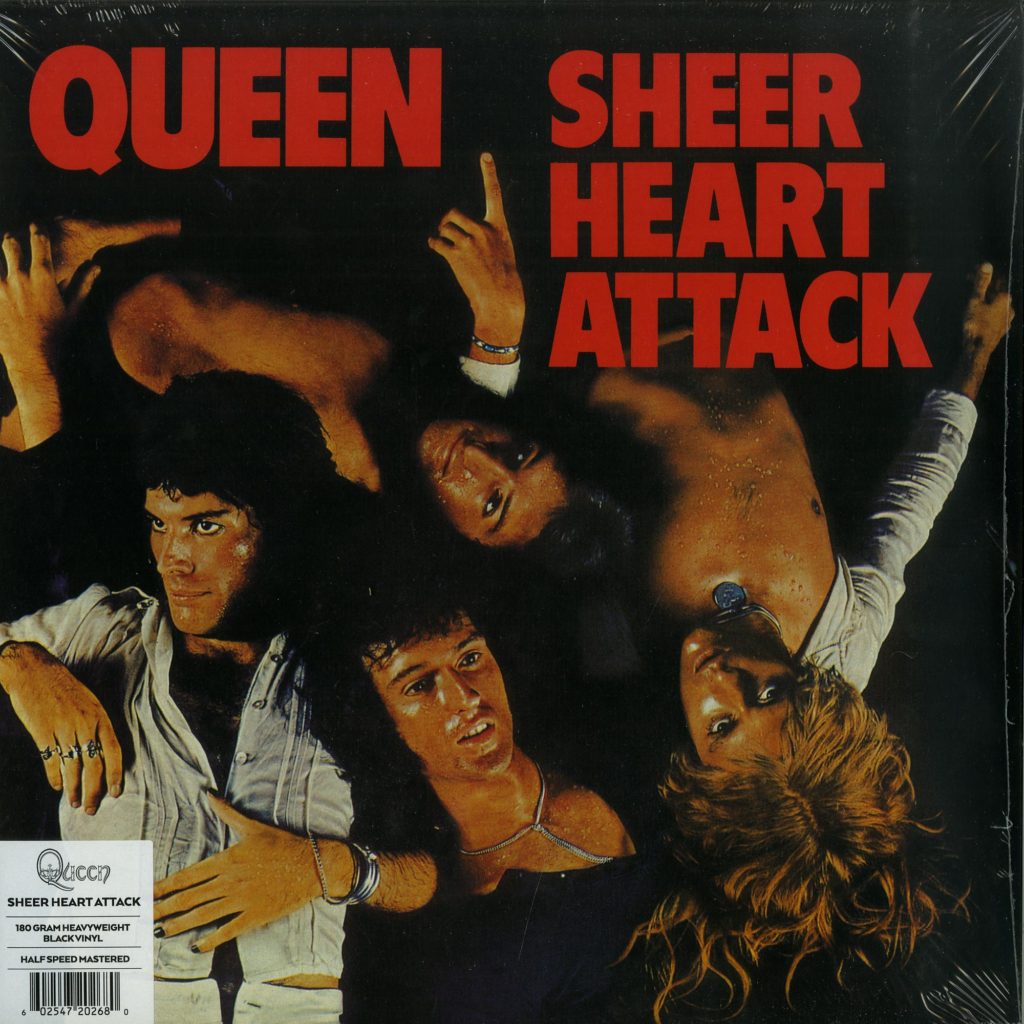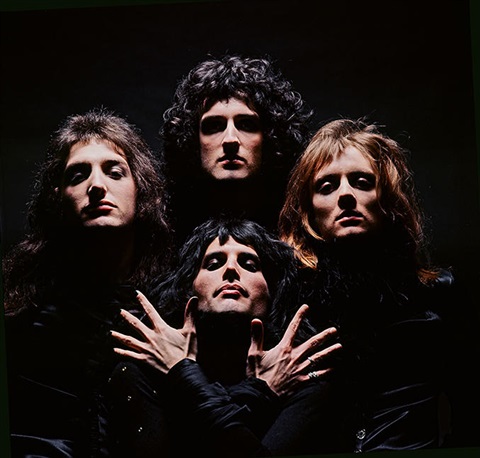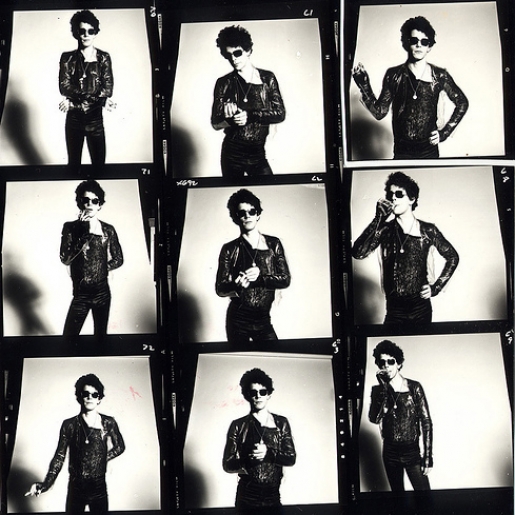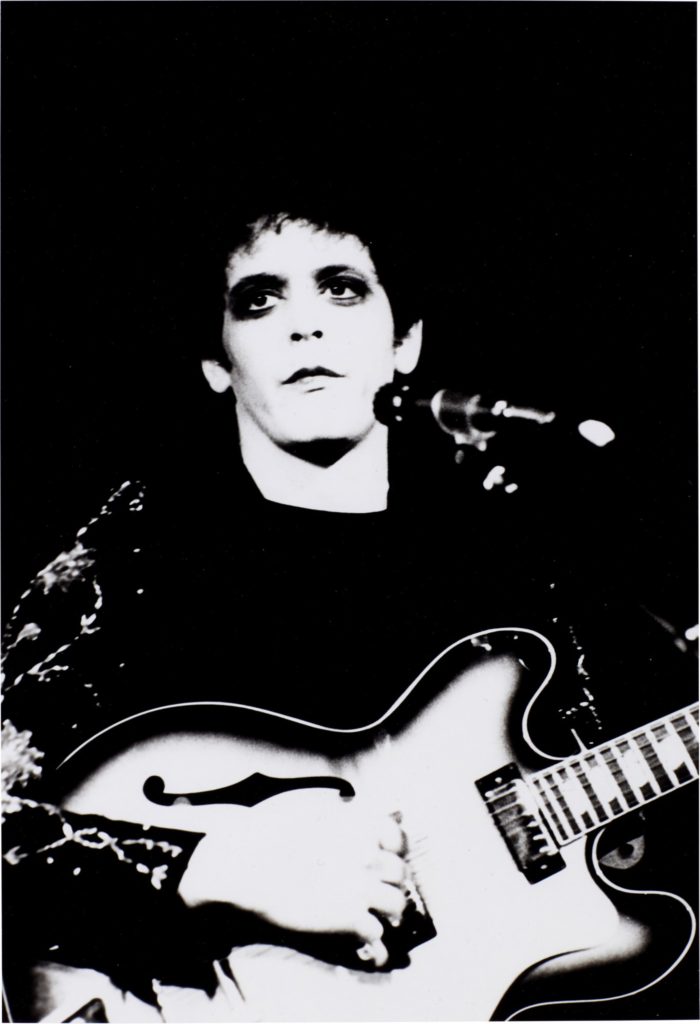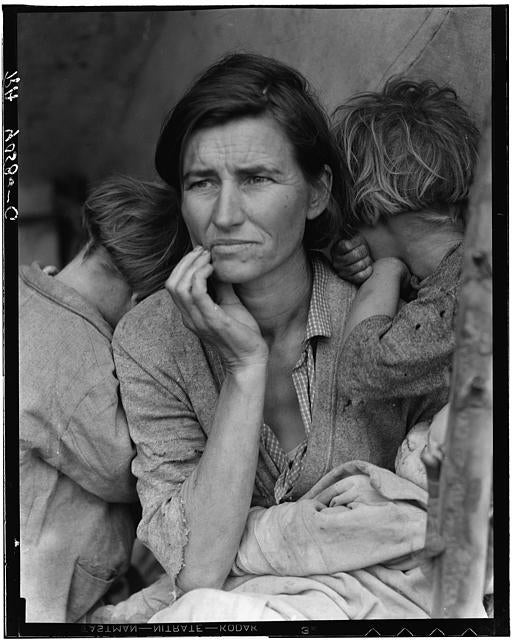What is portrait photography?
Portrait photography or portraiture is simply photography of a single person or even a group of people. Portraits tend to showcase the expressions, personality, and mood of the people in the images. As a general rule the focus of a portrait photograph is usually the person’s face, although the entire body, and even a background or context can be included.
Portrait photographs go beyond just photographing the people where the face, especially the eyes are always given more attention in a portrait as they speak the mood and portray the emotions of the person. Posing also plays a major role in creating effective portraits as it contributes to the overall power and story of the image. Some types of portrait photography include..



Portrait photography has had a long and varied history since Louis Daguerre introduced the photographic process in 1839. In that same year, Robert Cornelius produced what’s considered the first photographic self-portrait. He removed the lens cap, ran into the frame and stood still for ten minutes, before returning the cap to its position.

During the American Great Depression, photographers began taking photos of families and individuals suffering from this economic disaster in order to expose the world to the very real suffering migrant workers and low-income families were experiencing every day. These photos were also known as “Dust Bowl Photography.” One of the most iconic photographers of that time is Dorthea Lange because of her 1936 portrait, “Migrant Mother.”
The primary function of the portrait is also the most obvious: identification. Identification means confirming an identity. Starting in the 1880s, photography began to be used not by the police in an effort to be able to identify criminals better. These changes were initiated by Alphonse Bertillon. A law enforcement officer, Bertillon introduced portrait photography as a way of identifying criminals – until then, they had been able to provide a false identity.
Mick Rock
Mick Rock is often credited with photographing the 70’s rock scene. Named “The man who shot the seventies”, his career began at an early age, when he began to photograph the local rock scene.

In early 1972, Mick met David Bowie, and became his official photographer in the 70’s. Alongside Bowie’s 1976 album Pin-Ups, he also photographed numerous different albums – including Queen’s Sheer Heart Attack & Queen II (The album that later inspired their music video for Bohemian Rhapsody), Lou Reed’s Transformer, amongst many others. He also produced and directed the seminal music videos for Bowie: ‘John, I’m Only Dancing’, ‘Jean Genie’, ‘Space Oddity’, and ‘Life On Mars’.
